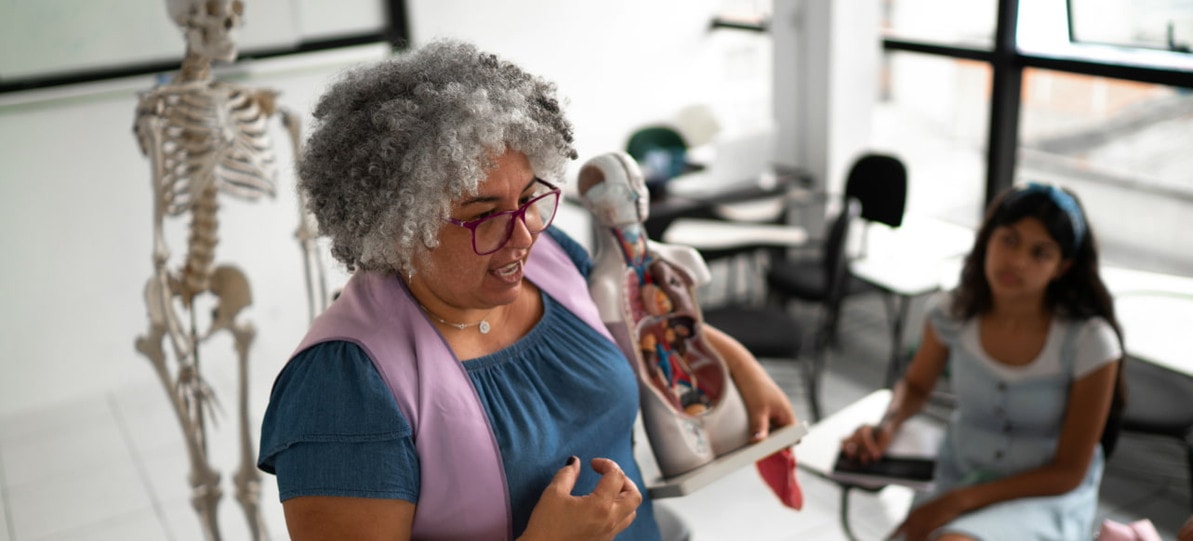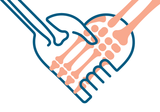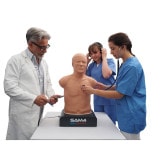Top Anatomy & Physiology Teaching Resources & Study Aids
Aug 6th 2025
Teaching and studying anatomy and physiology can be challenging, but with the right resources and tools, it becomes an engaging and rewarding experience. Whether you're a student learning complex concepts or an educator aiming to make lessons more interactive, incorporating a variety of study aids can enhance understanding and retention. In this guide, we'll explore:
- Effective methods for studying and teaching anatomy and physiology
- Digital teaching resources and learning tools
- Physical study aids – from flashcards to anatomical models
Effective Study Methods for Anatomy & Physiology
These methods have been tested and proven by generations of educators and students from a wide range of disciplines.
Active Recall and Spaced Repetition
Active recall involves testing yourself on the material rather than passively reading or highlighting. Pairing this with spaced repetition – reviewing information at increasing intervals – can improve long-term retention. Apps like Anki or Quizlet are excellent for creating flashcards that utilize these techniques.
Visual Learning with Diagrams and Models
Anatomy is inherently visual. Using diagrams, 3D models, and interactive visuals can help students understand spatial relationships between structures. Below are further examples of these types of visual resources, both digital and physical.
Group Study and Peer Teaching
Explaining concepts to peers reinforces understanding, so it’s valuable to create a study group and ask each member to teach a specific topic. This collaborative approach encourages engagement and diverse perspectives.
Digital Resources for Anatomy & Physiology
Dive into our curated list of online anatomy study aids and physiology learning tools.
BioDigital Human
BioDigital offers an interactive 3D platform to explore human anatomy. As one of the best anatomy study aids, it's a valuable resource for both students and educators looking to visualize and understand complex anatomical structures.
Visible Body
Visible Body provides detailed, digital 3D models and animations of human anatomy. Their anatomy teaching resources are suitable for various learning levels and can be integrated into teaching curricula.
Kenhub
Geared towards students, Kenhub offers comprehensive tutorials, quizzes, and videos on anatomy and physiology. It's a great supplementary resource for deepening A&P knowledge.
Physical Study Aids for Anatomy & Physiology
There’s no substitute for hands-on learning. From sophisticated anatomical models for medical students to tried-and-true homemade flashcards, here are a few options for learning through seeing and doing.
Flashcards
Flashcards are a classic study tool that reinforces terminology and concepts. They can be used for self-testing or in group study sessions. Printable flashcards are available on platforms like Quizlet, or you can create your own for personalized learning. Creating your own cards has the added benefit of introducing one more layer of repetition as you compose the information.
Anatomical Models
Enhance spatial understanding through hands-on interaction with anatomical models for students. Models range from simple bone structures to detailed organ systems to life-sized figures that provide a comprehensive view of human anatomy. Anatomy Warehouse is one of the best places to find these models; explore our entire product category to see why!
How to Clean Anatomical Models
Here’s how to maintain the cleanliness of your anatomy teaching supplies and anatomical models to ensure their longevity:
- Check the instructions: Most manufacturers provide cleaning instructions.
- Use mild soap and water: Avoid harsh chemicals that can degrade materials.
- Dry thoroughly: Prevent moisture accumulation to avoid mold growth.
- Store properly: Keep models in a cool, dry place away from direct sunlight.
3D-Printed Surgical Models
Advancements in 3D printing have led to the creation of detailed surgical models. These models are particularly useful for surgical planning and understanding complex anatomical relationships.
Fun Activities that Teach Anatomy
There’s a wide variety of readily available anatomy teaching guides and activities that are either free or budget-friendly.
Anatomy Coloring Books
Coloring books focused on anatomy can help students learn structures while engaging their creativity. Resources like The Biology Corner offer free printable anatomy coloring pages.
Clay Modeling
Using clay to model organs or systems allows students to understand the three-dimensional aspects of anatomy. This tactile activity reinforces learning through hands-on experience.
Virtual Dissections
For those without access to preserved specimens and dissection tools, virtual dissection tools provide an interactive alternative. Programs like Visible Body offer virtual dissection experiences that mimic real-life procedures.
Teaching Anatomy Without Cadavers
While cadaver dissections have traditionally been a cornerstone of anatomy education, alternatives are increasingly available. Digital resources, 3D models, and virtual dissections are effective anatomy teaching tools that can eliminate the need for cadaveric specimens. These methods are cost-effective and accessible to a broader range of students.
From Flashcards to Femurs: Find Tools to Bring A&P to Life
Incorporating a variety of teaching aids for anatomy and physiology can significantly enhance comprehension. From digital platforms to models to flashcards, take advantage of the tools available – and find the ones that fit best with your learning style and need. If you’re excited to get started with a physical learning aid, you’re in the right place! Shop Anatomy Warehouse’s extensive products, and let our team know if you would like support or a custom quote on models, charts, and more.
Share:




